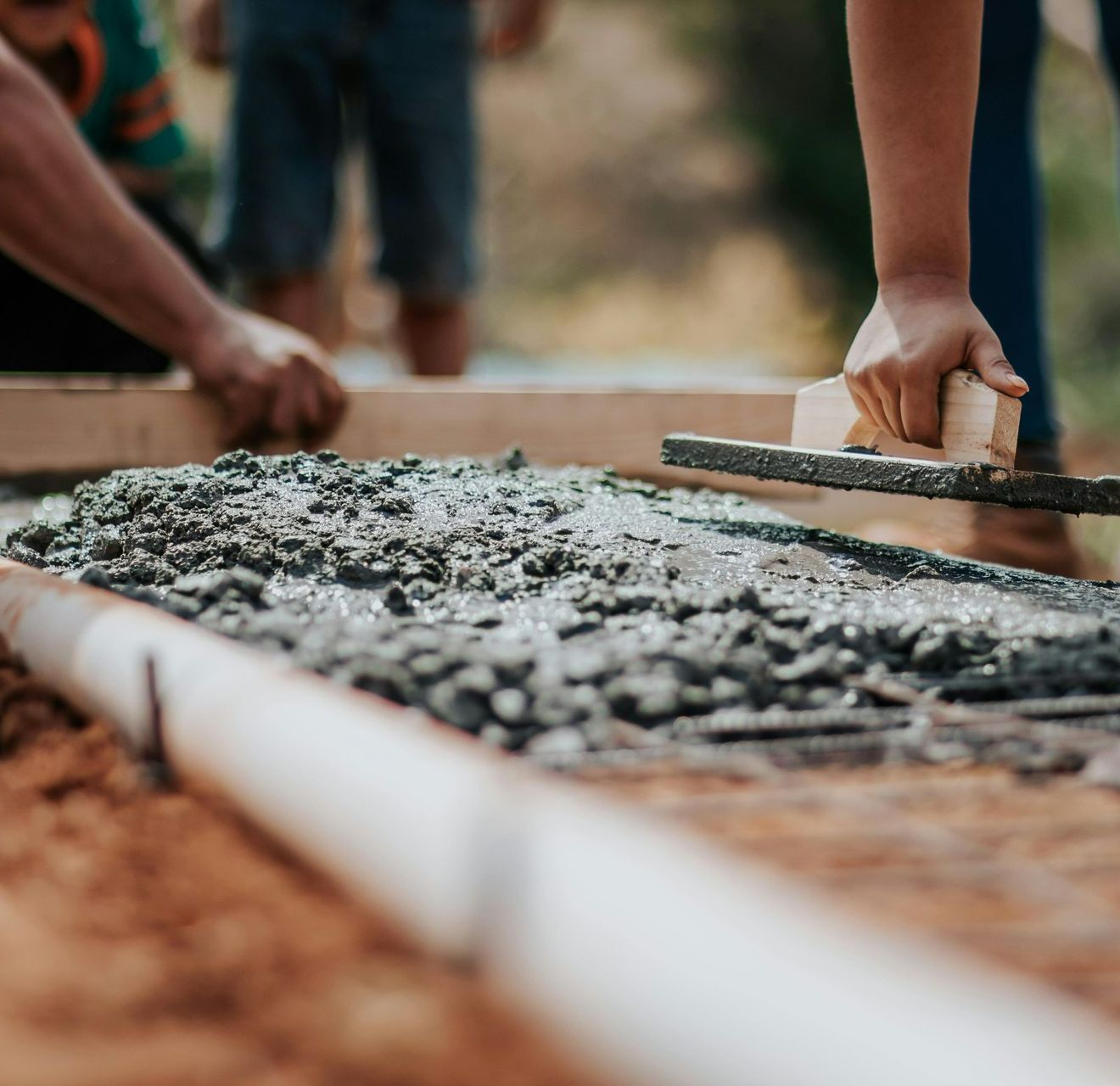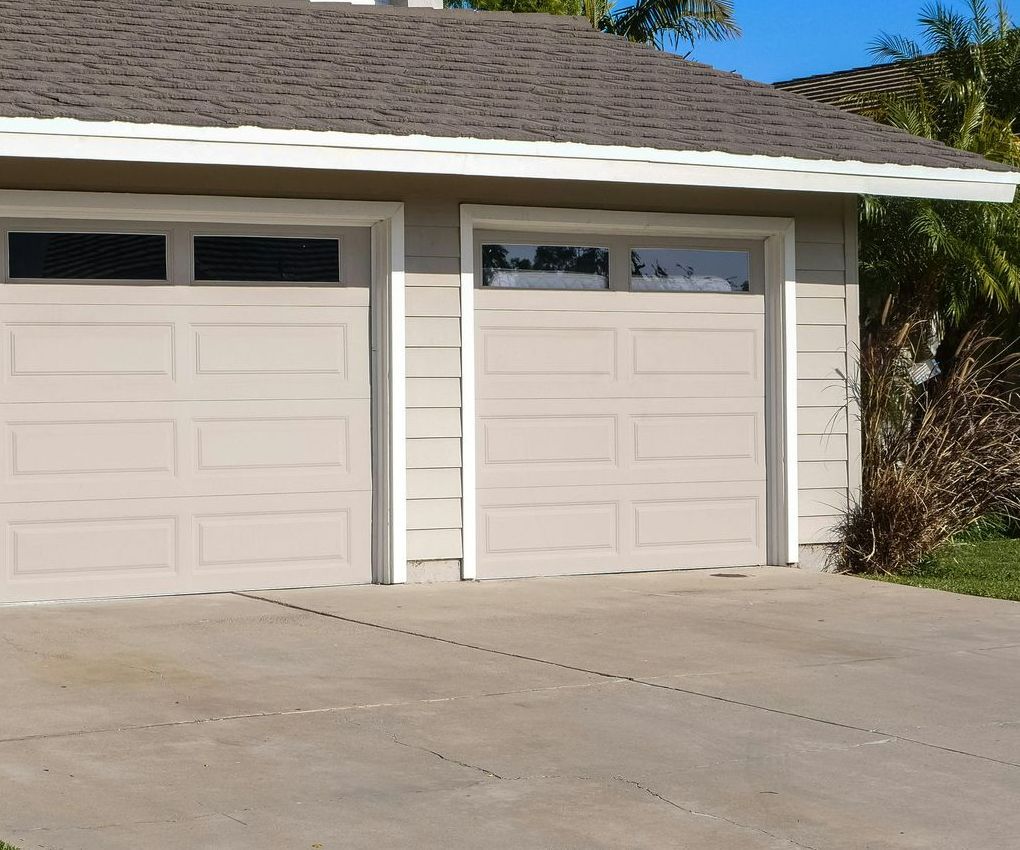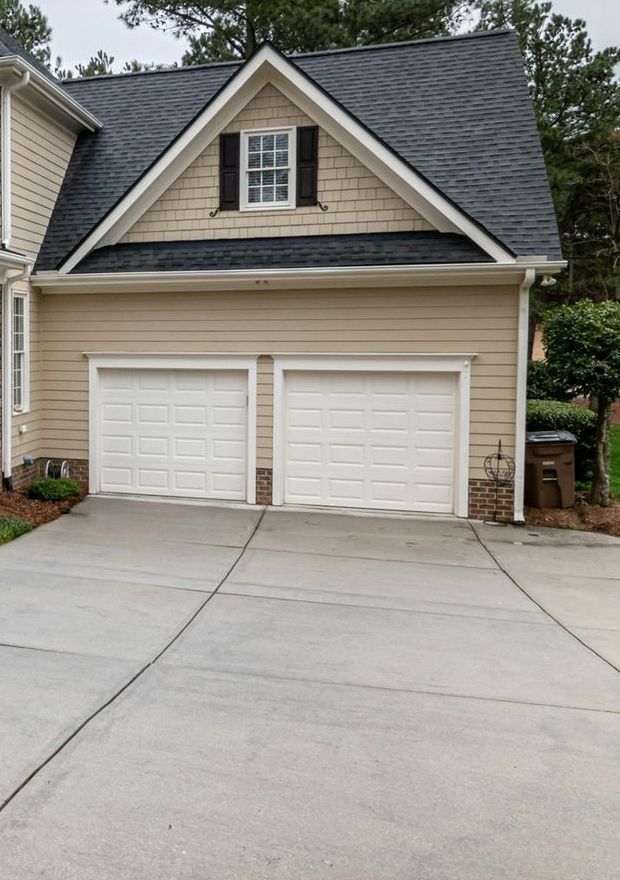By Admin
•
May 6, 2024
Concrete retaining walls are an effective way to add value and aesthetic appeal to your property. They also help prevent sinkholes and erosion. Aesthetic appeal Concrete retaining walls are a great way to improve the aesthetic appeal of your property. These can range from a simple backyard garden wall to a grandiose highway wall. They can add a sleek, sophisticated look to your landscape and are easy to install. However, there are some drawbacks to using these types of walls. One of the main advantages of concrete retaining walls is that they are not toxic. This is not the case with cinder blocks or other non-concrete materials, which can be hazardous to your health. Also, concrete is lighter than other materials, making it easier to work with. You will also find that installation is a lot quicker than with other methods. Another cool thing about concrete retaining walls is that they can be easily repurposed for other uses. It is even possible to reuse your retaining blocks to create an impressive wall for another part of your property. To get the most out of your investment, you need to take some time to research the best options for your property. For example, you could hire a professional contractor to install the wall, or you could go it alone. Fortunately, there are plenty of online resources to help you. The Internet is full of tips and tricks, as well as detailed product information. The best way to go about choosing your wall is to make a list of your needs and wants. For instance, if you have a sloping yard, you might want to consider a double wall with a pathway leading to the paved areas. Alternatively, you might want to include some vertical sleepers. Both of these will provide a visual effect and help you use up that lawn space you might have gotten a bit jaded with. If you aren't convinced that a concrete retaining wall is right for you, you might be surprised to learn that there are other, less expensive alternatives. Other options include natural stone, which has a longstanding aesthetic appeal. Additionally, a concrete planter can be the perfect solution for mixing natural foliage with artificial elements. There is a reason that concrete retaining walls have been around for so long: they are tough, reliable and easy to install. And, unlike other types of retaining systems, they can last for decades with little maintenance. Add value Concrete retaining walls can add a lot of value to your property. This is because the material is durable, and can protect your property from erosion. The wall can also help prevent sinkholes and floods. These hazards can destroy crops and damage structures on your property. A concrete retaining wall can also boost the aesthetic value of your property. Having an attractive and well-maintained backyard is a pleasure to spend time in. If you're preparing to sell your home, a well-constructed retaining wall can add value to the sale. While retaining walls can increase the market value of your home, it's important to remember that retaining them can also help maintain the health of your soil. Retaining walls helps prevent erosion from happening in the first place. They can prevent flooding, and they can even keep the soil behind the wall from washing away. If you're looking to add a decorative element to your property, a retaining wall is an easy way to do it. The walls are also functional, as they help to section off your garden, and they can provide you with seating areas. When it comes to retaining walls, there are many different options for homeowners. You can choose from concrete blocks, rock, wood, steel, and other materials. However, the material used to build the wall will determine how expensive the project will be. Concrete is an inexpensive material to use for a retaining wall. It is also very durable and can withstand heavy loads. In addition, the material can be stained to look like stone. While a retaining wall can be a great investment, there are many other ways you can add value to your property. For instance, you can install a beautiful and unique flower garden. Another option is to create a pathway to your property. Regardless of the project, it's important to hire a professional contractor to make sure it's done right. Whether you're installing a retaining wall to improve the beauty of your landscape, to increase the functionality of your home, or to protect your property from disasters, you'll be glad you did. Prevent erosion The use of concrete retaining walls can be a great way to protect your property and keep erosion at bay. They are also a great addition to your outdoor living space. Soil erosion occurs naturally, but can be prevented with a few preventative measures. Some of these include ground covers, proper slope spacing, and rerouting the drainage system. If you have a sloping landscape, you can prevent soil erosion by installing a retaining wall. There are many different types of retaining walls, and they can be either functional or decorative. A properly designed retaining wall will ensure that water drains properly and will slow down the process of erosion. Depending on the design of your retaining wall, you may also be able to redirect the flow of runoff and change the direction of the water. To prevent soil erosion, you can add a layer of mulch on top of your retaining wall. This will not only help to reduce the rate at which water flows through the walls, but it will fortify the soil and keep it from drying out. Planting a variety of ground cover plants can help to prevent soil erosion. These easy-to-maintain plants grow low and quickly fill in gaps in the retaining wall. Their roots suck up excess water and slow down the fluid flow around the retaining wall. You can also use a permeable paver to filter water and keep it from flowing through your retaining wall. Adding a layer of gravel or sand will also keep the water from running down your driveway or sidewalk. Concrete retaining walls are a durable and long-lasting option to keep your property safe from erosion. However, they require careful planning and an expert to construct them. Retaining walls can be made out of natural stone or brick, or even segmented blocks of concrete. If you are concerned about your budget, you can even try recycled concrete. For the best results, you should consult a specialist before construction. If you are unsure about your specific requirements, you can always get a free quote. When choosing a retaining wall, consider the weight of the materials used. Generally, a poured concrete wall is the best choice, but you can also use stone, brick, or wood. Prevent sinkholes If you live in an area that experiences sinkholes, there are steps you can take to prevent them. One of the best methods is to install a concrete retaining wall. The retaining wall will help prevent sinkholes by keeping soil in place and limiting pools of water. This also helps make your property more manageable. Sinkholes are a result of water seeping into the ground and collapsing underground bedrock. They can cause injuries and even death. Before remediation work is done, you must determine the location of the hole and the cause. The size of the hole will determine the amount of concrete you need to fill it. You should fill the hole to at least a quarter of its depth. It is best to use wet concrete to fill it, as this will provide a solid base for the repair. Once the concrete has set, you can plant grass, shrubs or seeds in the depression. If you have softer soil, rock or gravel may be added to create a deeper cavity. When you are filling the hole, make sure to compact the soil with a soil tamper. Otherwise, the soil will eventually settle and will erode over time. Also, check the soil to ensure there is no soluble rock in it. If the sinkhole is large, you should hire a professional. A contractor may be able to do a much more thorough job of repairing it. Large sinkholes are dangerous and should be addressed as soon as possible. Using a concrete retaining wall can also prevent the sinkhole from growing and causing serious structural damage to your home. Having a retaining wall on your property can also add value to it. Concrete retaining walls are beautiful and aesthetically pleasing. There are a wide variety of styles, designs and materials to choose from. In addition to preventing sinkholes, a concrete retaining wall can protect your home from other disasters. Investing in a retaining wall is a great way to protect your property and your family. If you are experiencing a sinkhole, you should contact your local law enforcement department immediately. They will be able to tell you how to deal with the situation. Retaining walls are often used in residential and commercial settings to prevent erosion. By keeping soil in place, concrete retaining walls can save you money on landscaping and other services. If you have any questions or want to find out how we can help build your next concrete retaining wall, please contact us today by calling 08 9567 0487 . Thank you for reading and we hope to hear from you soon.



